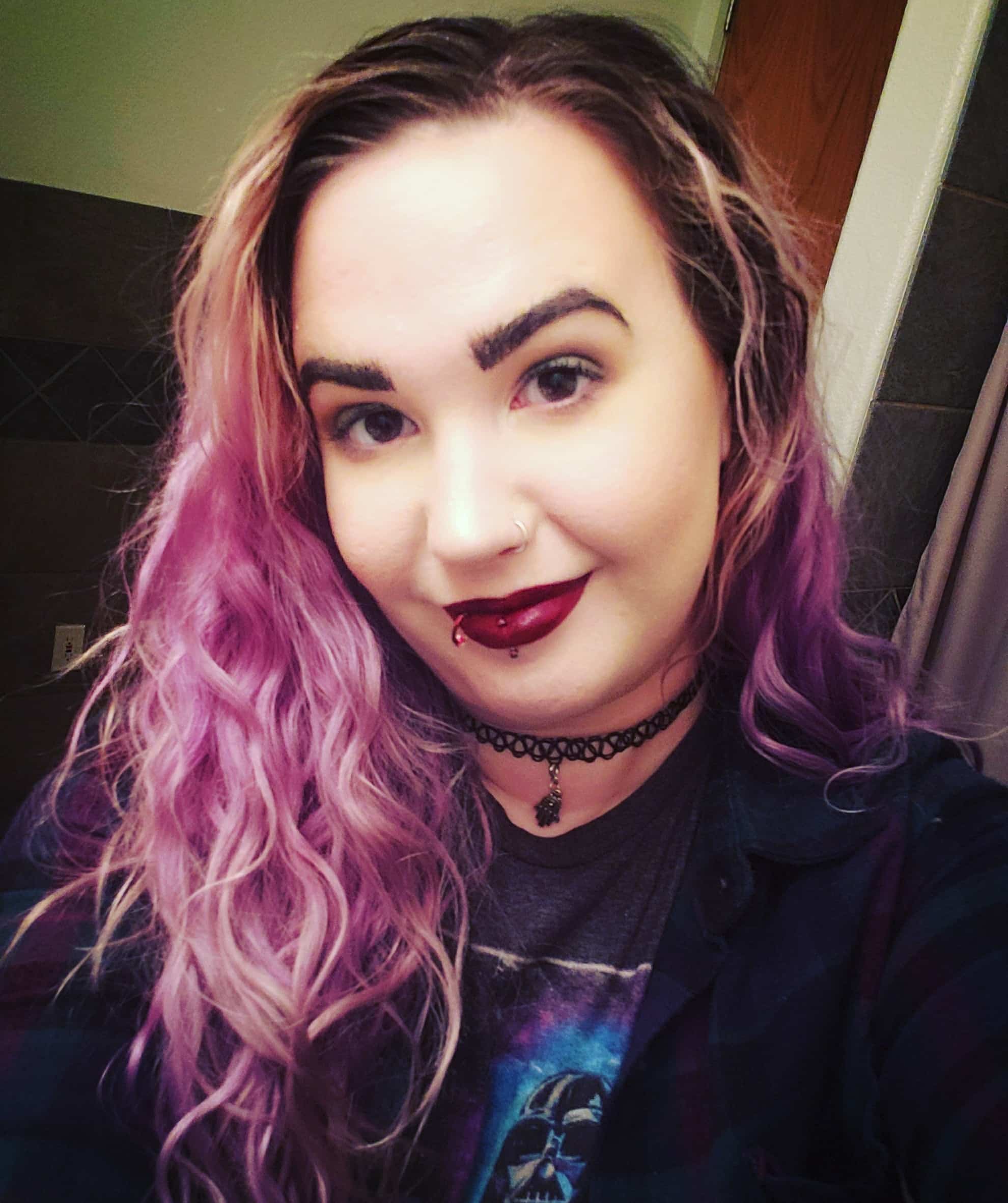When you’re looking for a character for your story, brand, animated videos, comics, etc., the first step in the process is designing that character. Bringing your idea to life is about coming up with a unique illustration that captures the character and showcases how you saw them in your mind.
Because creating a character is such a complex task, it can be challenging for many. Trusting a professional with your character design allows you to get the desired results without sacrificing quality.
Your custom illustration can evoke who your character is through nonverbal, visual elements. You can tailor their expression, gestures, coloring, and clothing to communicate precisely who this character is in your story.
You may also have technical considerations, including whether the design will be animated down the line or how you can show the character doing different actions.
Fortunately, character design is a significant part of our custom illustration projects. Our artists can help you to achieve the perfect design for your character.
How can you ensure the best results? Here, we’ll discuss the best way to provide your artist with everything they need to create the perfect character and how to know when you need a character design vs. a mascot or avatar.
What is Character Design?

There are significant differences between character design and other similar types of custom illustration design. To better understand this, here is a brief rundown of what separates the three most commonly requested types of image illustration projects.
Character: A fictional persona that usually lives in a story or presentation whose specific traits are reflected in the text of that story.
Mascot: A fictional persona that can stand for a brand or organization and is usually in a cartoonish style.
Avatar: A representation of a person or brand typically based on a real person or thing. However, it doesn’t need to be realistic or human.
Now that you understand more about what makes these requests different, let’s dive into how to set yourself up for success when getting a character designed.
Developing Your Concept
Within the world of illustration, character design belongs to a subsection referred to as concept art. That’s because it is about developing a concept that will be used to determine how the character might look in a future context, such as a film, video game, comic, or company website. It helps us to visualize the idea before mass production to ensure we love it. A good character design tells the story and represents the creator’s vision.
When you start the process of requesting a character design, you want a clear understanding of the concept, context, and purpose.
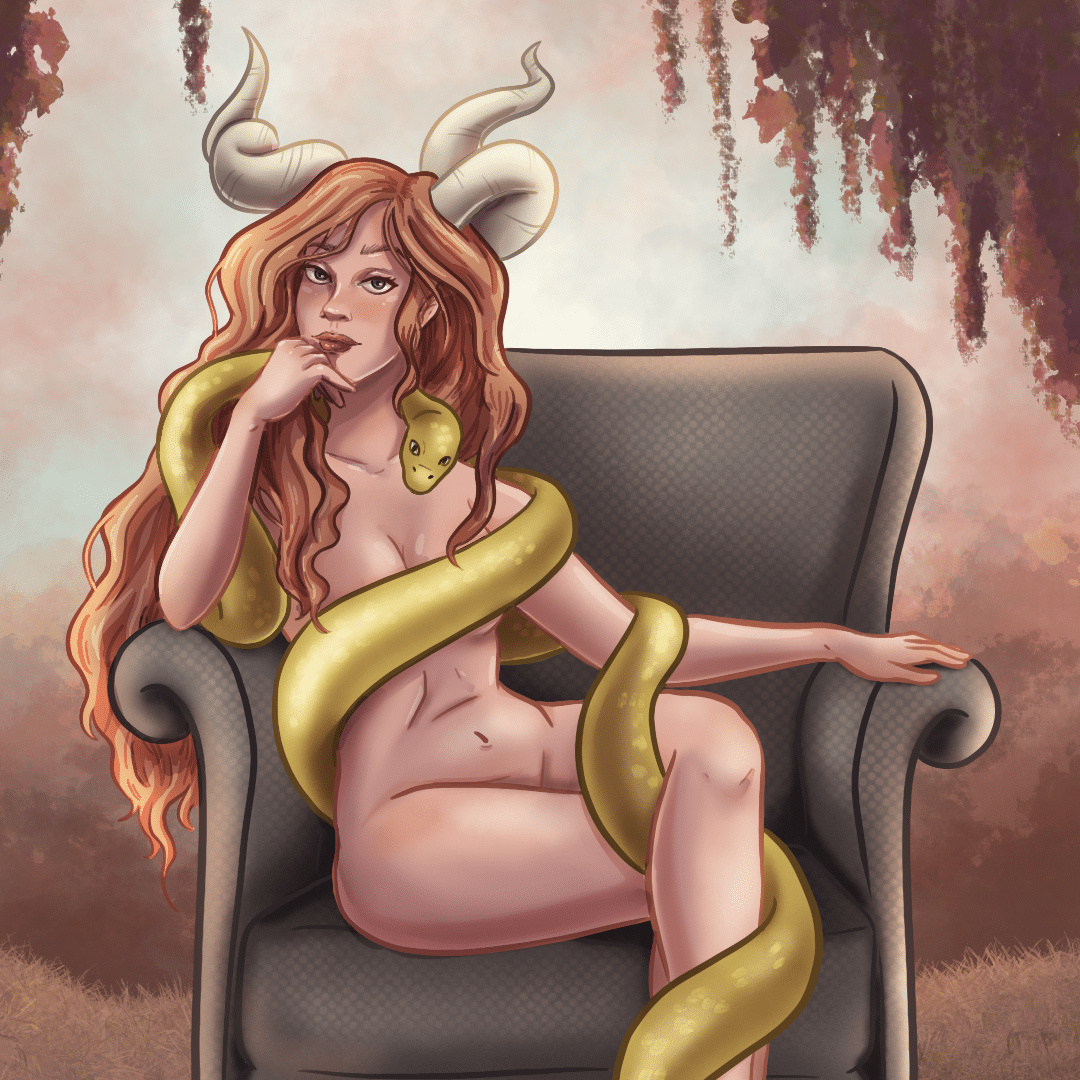
Create the Profile

You’ll want to start with the project brief. In the brief, you’ll want to provide the artist with all the information you can about the context for the character, the target audience, and the preferred style.
But while you may have already created a story for the character, expressing your desires in artistic terms might still be challenging. There are several ways to get more context for your design and figure out what you want your character’s core traits and style to be.
At this stage, it’s less about particular details about their personality, such as they enjoy spicy food, but should aim for descriptions that showcase the character’s style, aesthetic, and the feeling you want the audience to get when they see them.
A great way to develop a solid description for your character that your artist can use to draw them is found below.
Brainstorming & Word Association
To develop your character profile, you can try word association. You’ll want to take what you know about them and come up with related keywords that match their “vibe.” You can try mind-mapping or writing a short list. Singular words can keep your ideas straightforward and easy to understand. It takes complex ideas about a character and distills them into their essential components. It can come in handy when you need to communicate personality traits visually.
By being detailed with your descriptions and creating a keyword list like this, you can help your artist to create the right image and cut back on revisions and back-and-forth questions.
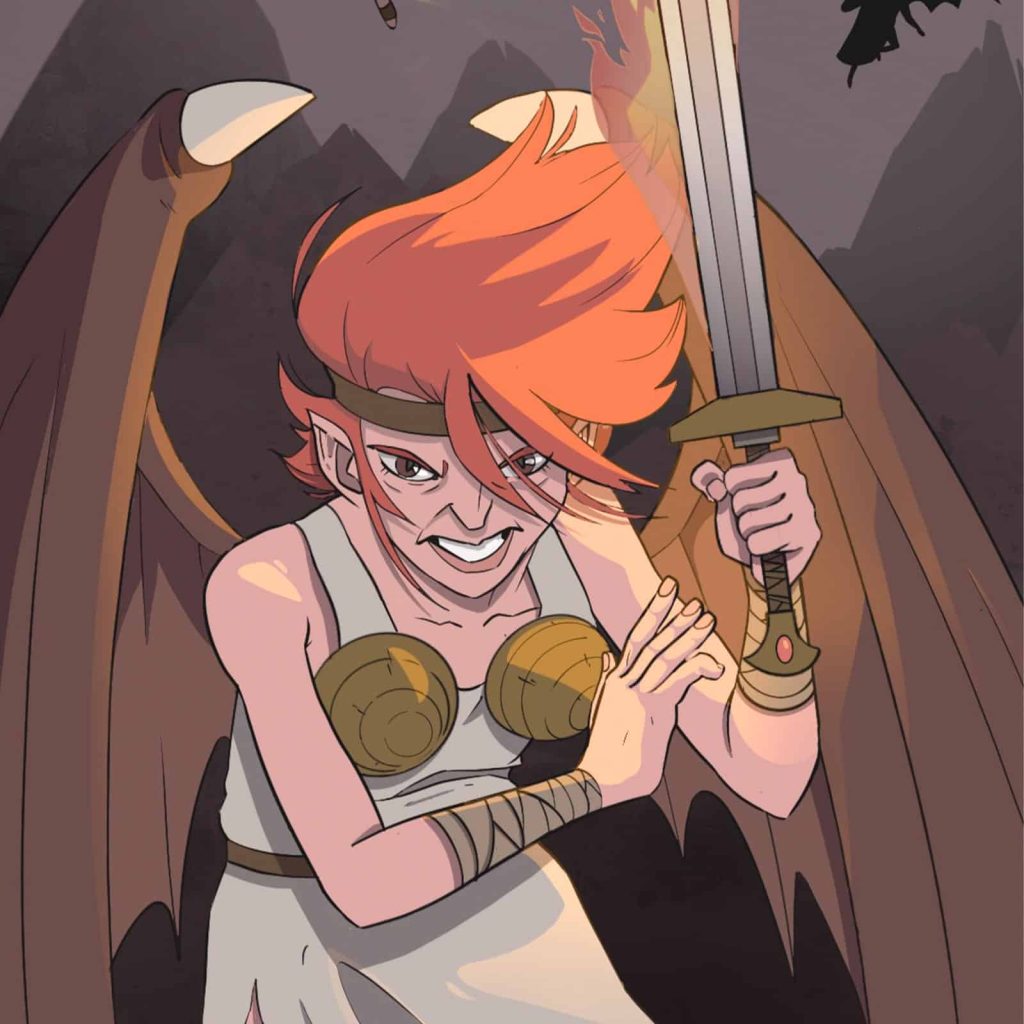
Create a detailed concept based on what you’ll use your character for and who they are, and include it in your project brief. You can return to this step later if the design isn’t quite right and see if a keyword steered your design in the wrong direction.
Researching the Industry
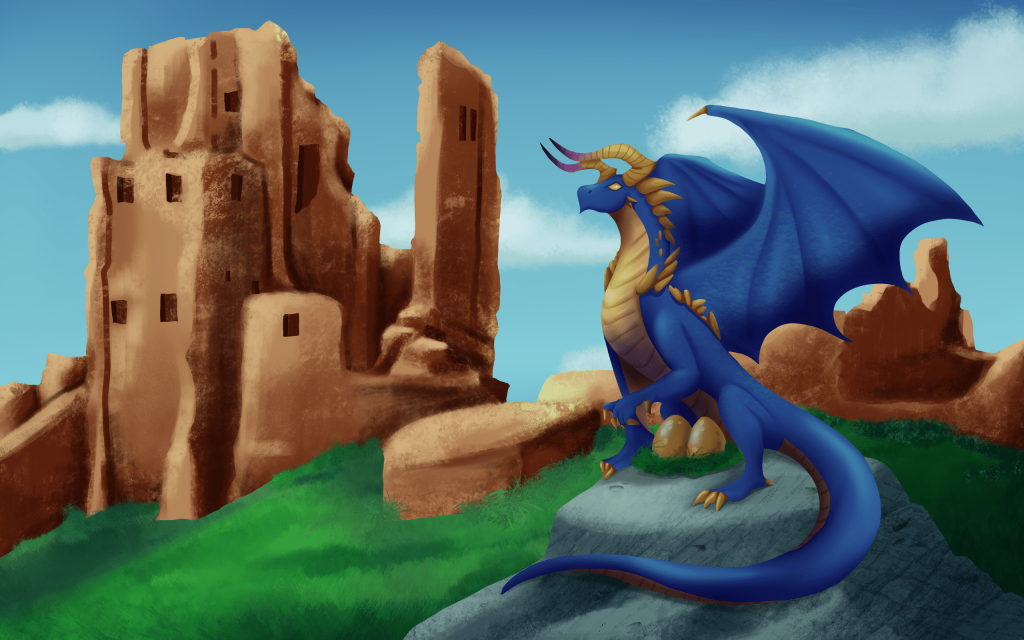
Creating unique characters can feel like magic or intuition, so you may be tempted to skip research but don’t. To imagine a new character, it often helps to take inspiration from real-world or pre-existing images. With that in mind, you’ll want to consider the following.
Who is Your Target Audience?
Who is your character going to be interacting with, and why? Are you creating a specific story for kids, for an online learning platform, etc.?
You’ll want to consider things like demographics such as age, gender, location, etc. Look up other character styles and examples from your industry and see how they’re using their images to communicate and connect with their audience.
Finding References & Inspiration
Now that you’ve determined who you’re speaking to, you’ve hit the meat of your research- gathering reference images, including photos and similar styles from the internet, relevant to your concept.
Gathering resources like this will help your artist “see” what you mean in your brief and provide them with the right inspiration to get started and meet your needs.
You can find reference images from virtually any source—Pinterest, Google, ArtStation, Dribbble, stock photos, and real life. You can also separate your reference images into categories. Think about the character’s clothing, hairstyle, facial expression, poses, physical looks, and more. These images will help you and your artist to visualize your character.
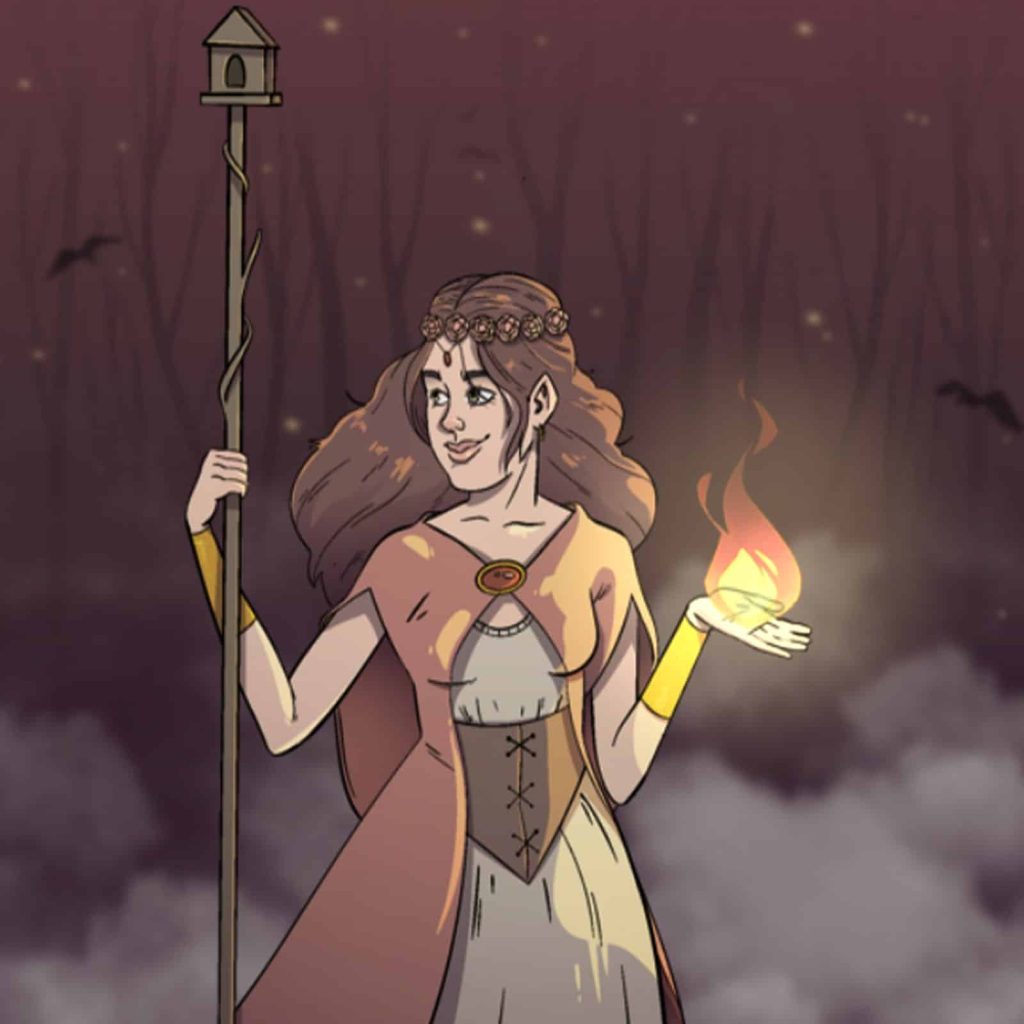
How many reference images you’ll need is up to you. That said, a decent amount, and certainly more than two, will help your artist to get a clear idea of what you want. Once you’ve gathered these materials, creating a collage or mood board can help to get your idea across. All your images collected into one image are definitely good enough. Still, if you want, you can include fonts you associate with them, colors, and even locations or places that remind you of your character.
Finalizing the Design
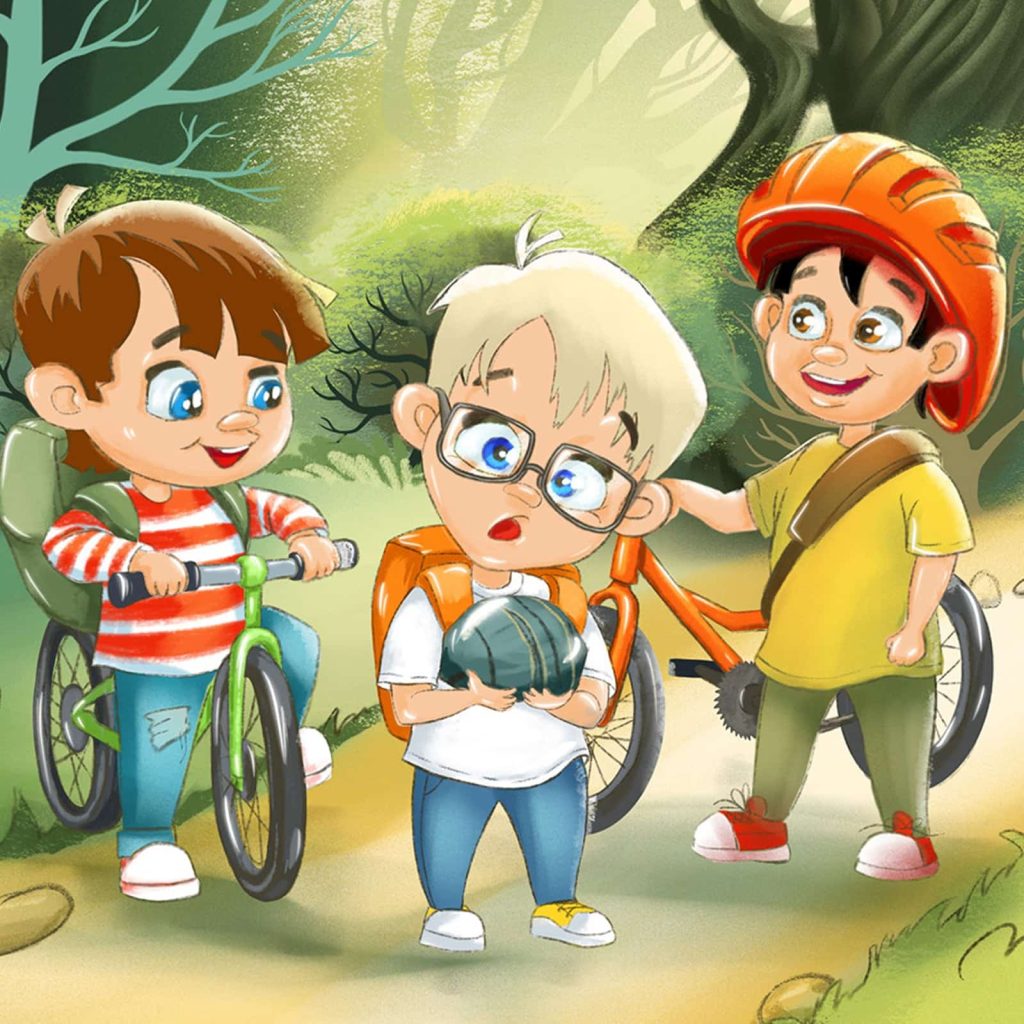
When looking at the final design, you want to consider the overall look and the pose. If you are designing an animated character, you will also want to request a handful of T-pose sketches. These show the character’s front, back, and side standing with their legs together and arms held out at the shoulder. You know, like a T. They give the animator a neutral view so that they can animate the character in various poses and with their body, hair, and clothing viewed at different angles.
Get Some Feedback
If you are working with a team or a client, gathering feedback on your first draft can help you to see if the character matches how you want people to see them and evokes the right emotions and feelings about them. You’ll get this rough draft, and it’s essential that you use it to point out any significant changes because it will be much more difficult to change the design once color and shading have been added. That’s why getting feedback can be so valuable. Others may see something you overlooked.
Finishing Touches
If you are using this design as-is in addition to more poses, you may want the illustrator to add a background or put the character in a particular scene. If you won’t be animating the image and this is the final product, creating a fleshed-out background can help to ground the image in reality. Even a semi-neutral or stripped-down background can help the character to avoid looking like they’re floating in space. Unless, of course, your character is floating in space.
This is also where you’ll want to be sure that the colors and shading match where you’ll be using your character.
Getting Your Perfect Character with Flocksy
With Flocksy custom illustrations, you can start a character design project right from the dashboard and see beautiful results fast.
It’s easy to get started. Just start an illustration project, choose “character design” as the subcategory, and then use the above suggestions to describe what you’d like to see from your dedicated team of artists.
Soon, you’ll have your character all laid out and drawn by a professional artist who can capture your vision with quality and speed.
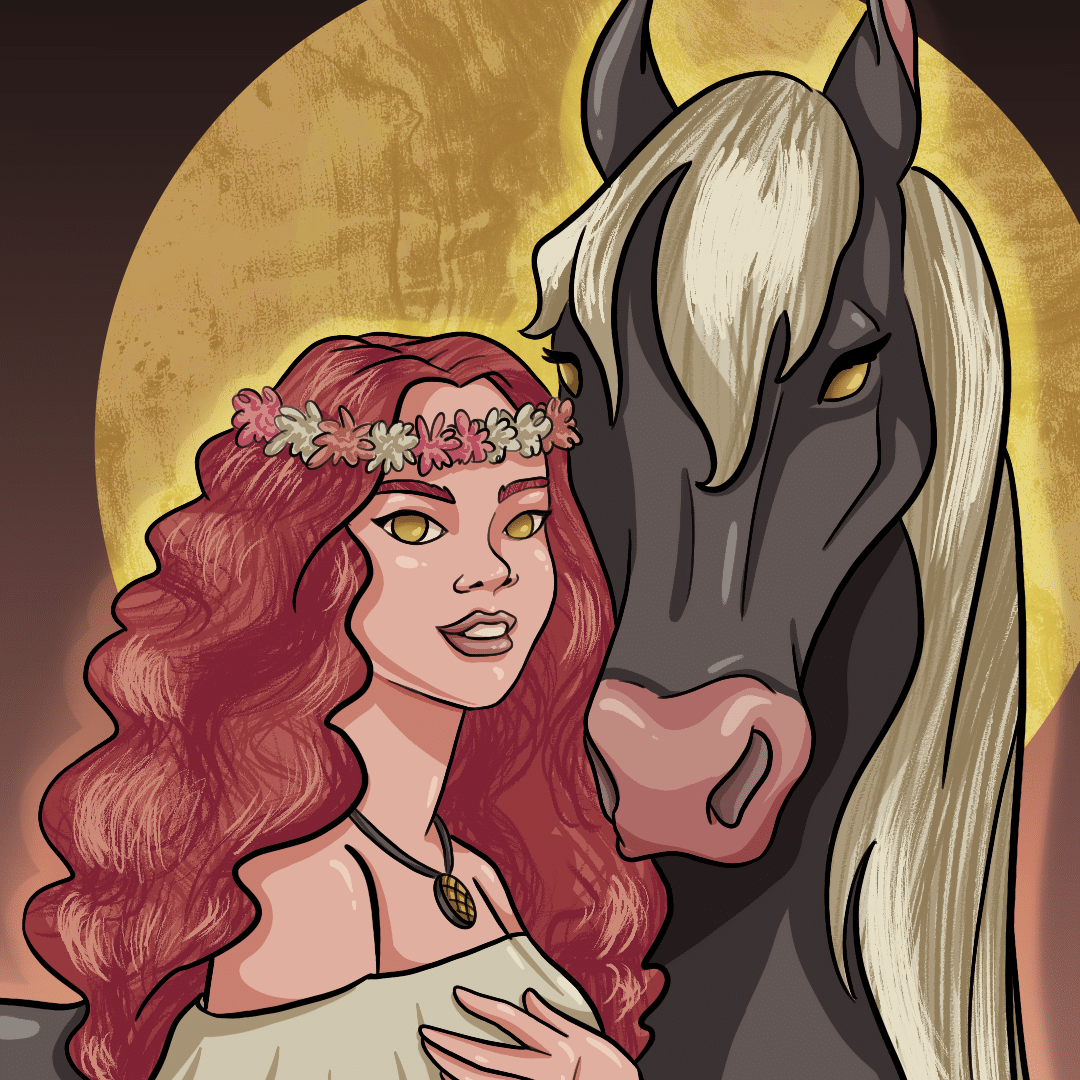
You can check out more of our characters here in our Portfolio, and you can also learn more about custom brand illustrations here.
